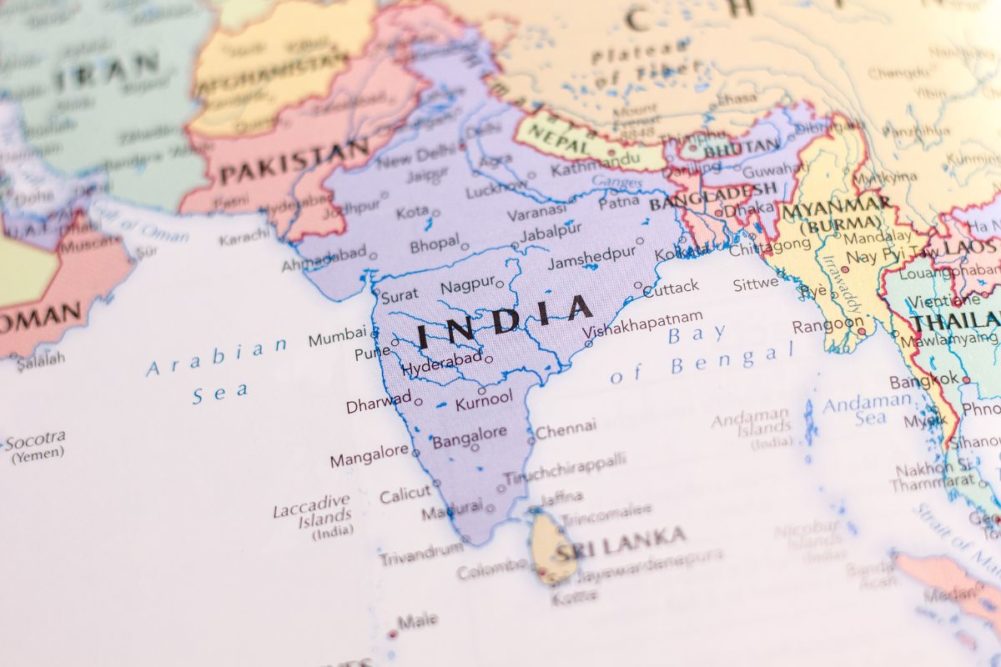NEW DELHI, INDIA — Higher prices and better weather could help India’s wheat production take a leap forward with farmers planting high-yielding varieties in a wider area, Reuters reported, citing scientists and traders in the world’s second-largest grower of the grain.
India suffered a historic heat wave last year during a crucial time for wheat development that stunted production. Higher wheat output in 2023 could encourage India to consider lifting a ban on exports of the staple and help ease concerns over persistently high inflation in food prices.
“This year production could rise to 112 million tonnes because of the higher area and favorable weather,” Gyanendra Singh, director at the Indian Institute of Wheat and Barley Research, told Reuters.
India, also the world’s second-biggest consumer of wheat, banned exports in May 2022 after a sharp, sudden rise in temperatures clipped output, even as exports picked up to meet the global shortfall triggered by Russia’s invasion of Ukraine on Feb. 24.
India’s wheat output fell to 106.84 million tonnes in 2022 from 109.59 million tonnes a year earlier, the government estimates. The US Department of Agriculture’s Foreign Agricultural Service has pegged production at 100 million tonnes, while traders estimated output fell to as low as 95 million tonnes.
This year, the weather in key wheat-producing states has been favorable with temperatures hovering below normal levels, said Singh, and farmers have planted newer high-yielding wheat varieties that are expected to be more resilient in the face of climate change.
Farmers have plantedwheat on 33.22 million hectares since Oct. 1, when the current sowing season began, up nearly 1% from a year earlier. India plants wheat in October and November and harvests starting in March.





